Shedding Light on Capillary-Based Backscattering Interferometry
Abstract
:1. Introduction
2. Materials and Methods
2.1. Experimental Apparatus
2.2. Model Overviews
2.3. Ray Choices
2.4. Interference
3. Results
3.1. Intensity Patterns
3.2. Fourier Transforms
4. Discussion
4.1. Optimising BSI: Low
4.2. Optimising BSI: High
5. Conclusions
Supplementary Materials
Author Contributions
Funding
Institutional Review Board Statement
Informed Consent Statement
Data Availability Statement
Acknowledgments
Conflicts of Interest
References
- Bornhop, D.J.; Dovichi, N.J. Simple Nanoliter Refractive Index Detector. Anal. Chem. 1986, 58, 504–505. [Google Scholar] [CrossRef]
- Bornhop, D.J.; Latham, J.C.; Kussrow, A.; Markov, D.A.; Jones, R.D.; Sørensen, H.S. Free-solution, label-free molecular interactions studied by back-scattering interferometry. Science 2007, 317, 1732–1736. [Google Scholar] [CrossRef] [PubMed] [Green Version]
- Wang, Z.; Bomhop, D.J. Dual-capillary backscatter interferometry for high-sensitivity nanoliter-volume refractive index detection with density gradient compensation. Anal. Chem. 2005, 77, 7872–7877. [Google Scholar] [CrossRef] [PubMed]
- Kammer, M.N.; Kussrow, A.K.; Olmsted, I.R.; Bornhop, D.J. A Highly Compensated Interferometer for Biochemical Analysis. ACS Sens. 2018, 3, 1546–1552. [Google Scholar] [CrossRef]
- Dunn, R.C. Wavelength Modulated Back-Scatter Interferometry for Universal, On-Column Refractive Index Detection in Picoliter Volumes. Anal. Chem. 2018, 90, 6789–6795. [Google Scholar] [CrossRef] [PubMed]
- Dunn, R.C. Compact, inexpensive refractive index detection in femtoliter volumes using commercial optical pickup technology. Anal. Methods 2019, 11, 2303–2310. [Google Scholar] [CrossRef]
- Xu, Q.; Tian, W.; You, Z.; Xiao, J. Multiple beam interference model for measuring parameters of a capillary. Appl. Opt. 2015, 54, 6948. [Google Scholar] [CrossRef]
- Zhang, Y.; Xu, M.; Tian, W.; Xu, Q.; Xiao, J. Analysis of three-dimensional interference patterns of an inclined capillary. Appl. Opt. 2016, 55, 5936. [Google Scholar] [CrossRef]
- Kussrow, A.; Enders, C.S.; Bornhop, D.J. Interferometric methods for label-free molecular interaction studies. Anal. Chem. 2012, 84, 779–792. [Google Scholar] [CrossRef] [Green Version]
- Swinney, K.; Markov, D.; Bornhop, D.J. Ultrasmall volume refractive index detection using microinterferometry. Rev. Sci. Instrum. 2000, 71, 2684–2692. [Google Scholar] [CrossRef]
- Bornhop, D.J.; Hankins, J. Polarimetry in capillary dimensions. Anal. Chem. 1996, 68, 1677–1684. [Google Scholar] [CrossRef]
- Jepsen, S.T.; Jørgensen, T.M.; Sørensen, H.S.; Kristensen, S.R. Real-time interferometric refractive index change measurement for the direct detection of enzymatic reactions and the determination of enzyme kinetics. Sensors 2019, 19, 539. [Google Scholar] [CrossRef] [PubMed] [Green Version]
- Kammer, M.N.; Kussrow, A.K.; Bornhop, D.J. Longitudinal pixel averaging for improved compensation in backscattering interferometry. Opt. Lett. 2018, 43, 482. [Google Scholar] [CrossRef] [PubMed]
- Tarigan, H.J.; Neill, P.; Kenmore, C.K.; Bomhop, D.J. Capillary-scale refractive index detection by interferometric backscatter. Anal. Chem. 1996, 68, 1762–1770. [Google Scholar] [CrossRef]
- Sørensen, H.S.; Larsen, N.B.; Latham, J.C.; Bornhop, D.J.; Andersen, P.E. Highly sensitive biosensing based on interference from light scattering in capillary tubes. Appl. Phys. Lett. 2006, 89, 151108. [Google Scholar] [CrossRef]
- Xing, S.; Sang, X.; Yu, X.; Duo, C.; Pang, B.; Gao, X.; Yang, S.; Guan, Y.; Yan, B.; Yuan, J.; et al. High-efficient computer-generated integral imaging based on the backward ray-tracing technique and optical reconstruction. Opt. Express 2017, 25, 330. [Google Scholar] [CrossRef]
- Schurig, D.; Pendry, J.B.; Smith, D.R. Calculation of material properties and ray tracing in transformation media. Opt. Express 2006, 14, 9794. [Google Scholar] [CrossRef]
- Jørgensen, T.M.; Jepsen, S.T.; Sørensen, H.S.; Di Gennaro, A.K.; Kristensen, S.R. Back scattering interferometry revisited—A theoretical and experimental investigation. Sens. Actuators B Chem. 2015, 220, 1328–1337. [Google Scholar] [CrossRef]
- Takano, Y.; Tanaka, M. Phase matrix and cross sections for single scattering by circular cylinders: A comparison of ray optics and wave theory. Appl. Opt. 1980, 19, 2781. [Google Scholar] [CrossRef] [Green Version]
- You, Z.; Jiang, D.; Stamnes, J.; Chen, J.; Xiao, J. Characteristics and applications of two-dimensional light scattering by cylindrical tubes based on ray tracing. Appl. Opt. 2012, 51, 8341–8349. [Google Scholar] [CrossRef]
- Baksh, M.M.; Finn, M.G. An experimental check of backscattering interferometry. Sens. Actuators B Chem. 2017, 243, 977–981. [Google Scholar] [CrossRef] [PubMed] [Green Version]
- Markov, D.; Begari, D.; Bornhop, D.J. Breaking the 10-7 barrier for RI measurements in nanoliter volumes. Anal. Chem. 2002, 74, 5438–5441. [Google Scholar] [CrossRef] [PubMed]
- Jepsen, S.T.; Jørgensen, T.M.; Zong, W.; Trydal, T.; Kristensen, S.R.; Sørensen, H.S. Evaluation of back scatter interferometry, a method for detecting protein binding in solution. Analyst 2015, 140, 895–901. [Google Scholar] [CrossRef] [PubMed]
- Waxler, R.M.; Cleek, G.W. Effect of Temperature and Pressure on the Refractive Index of Some Oxide Glasses. J. Res. Natl. Bur. Stand. Sect. A Phys. Chem. 1973, 77A, 755–763. [Google Scholar] [CrossRef]
- Kasarova, S.N.; Sultanova, N.G.; Nikolov, I.D. Temperature dependence of refractive characteristics of optical plastics. J. Phys. Conf. Ser. 2010, 253, 012028. [Google Scholar] [CrossRef]
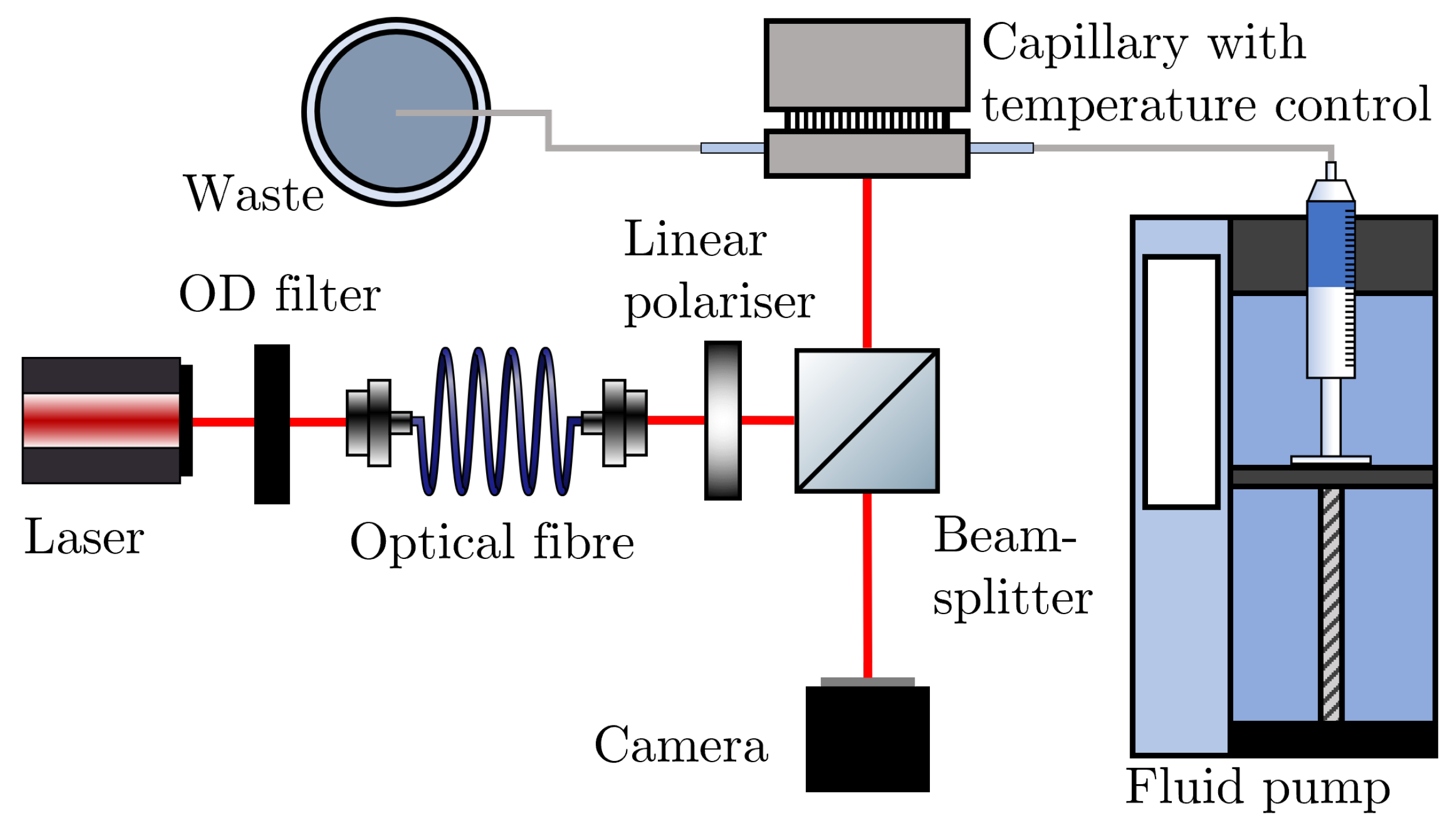
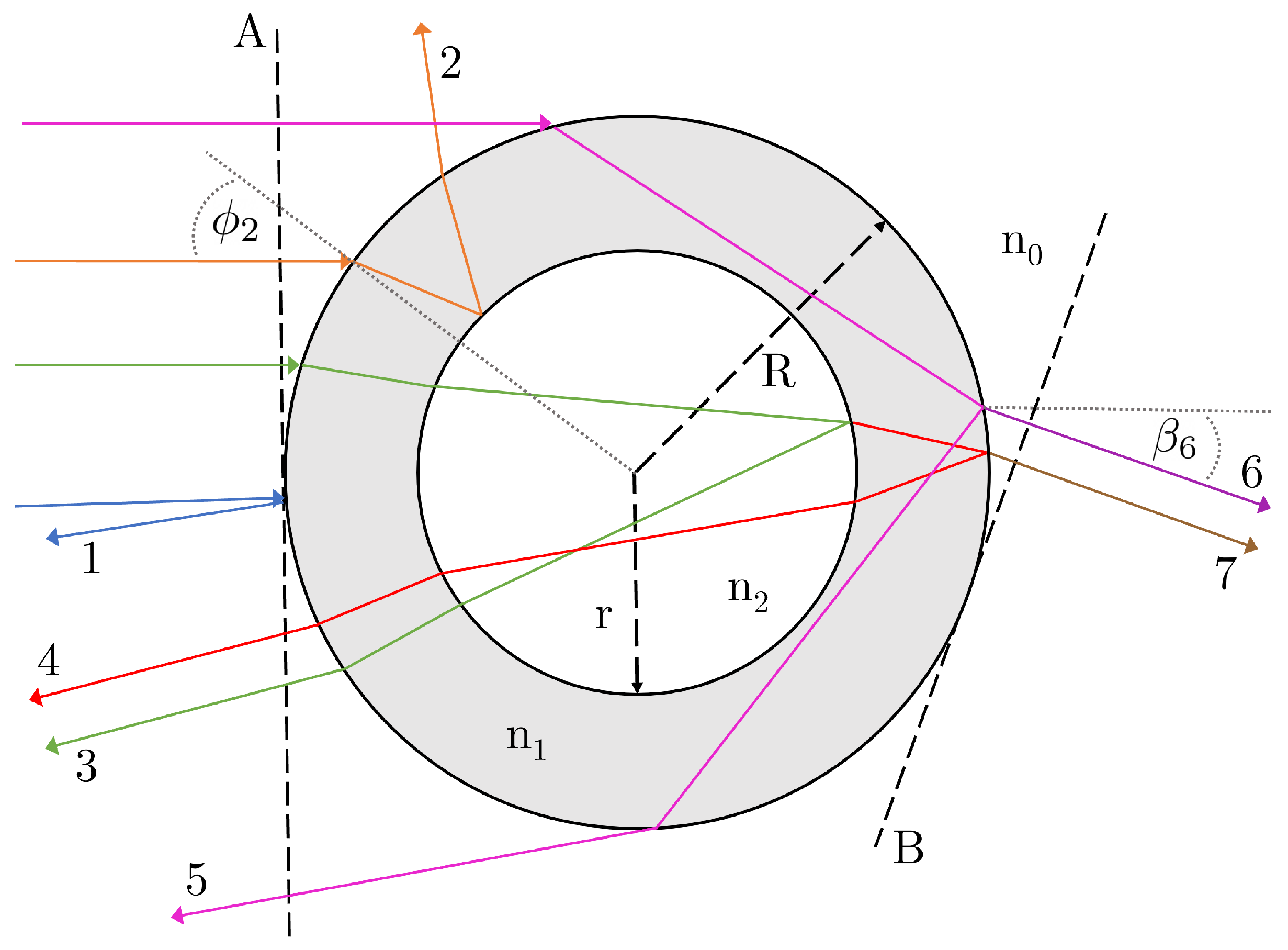
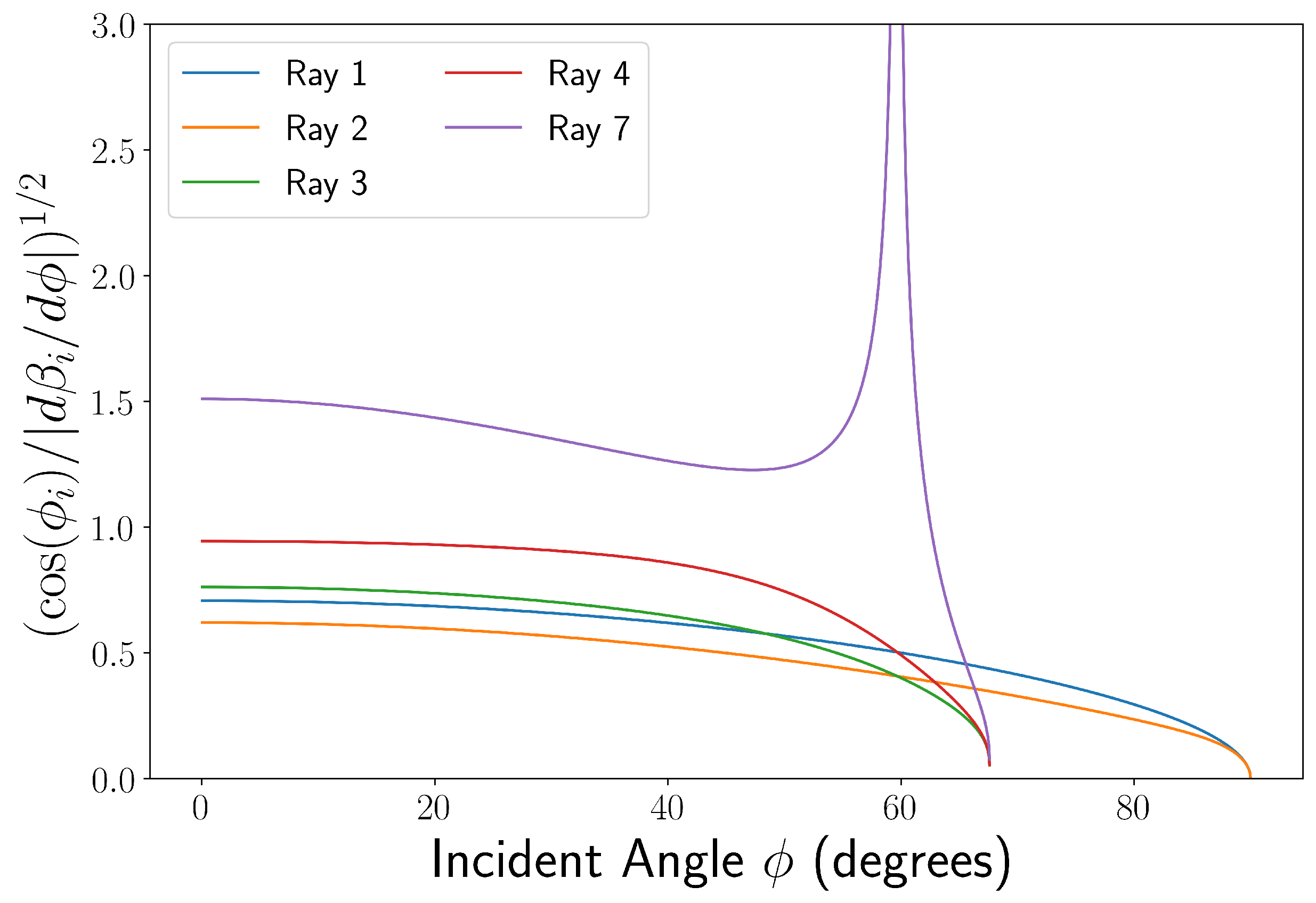


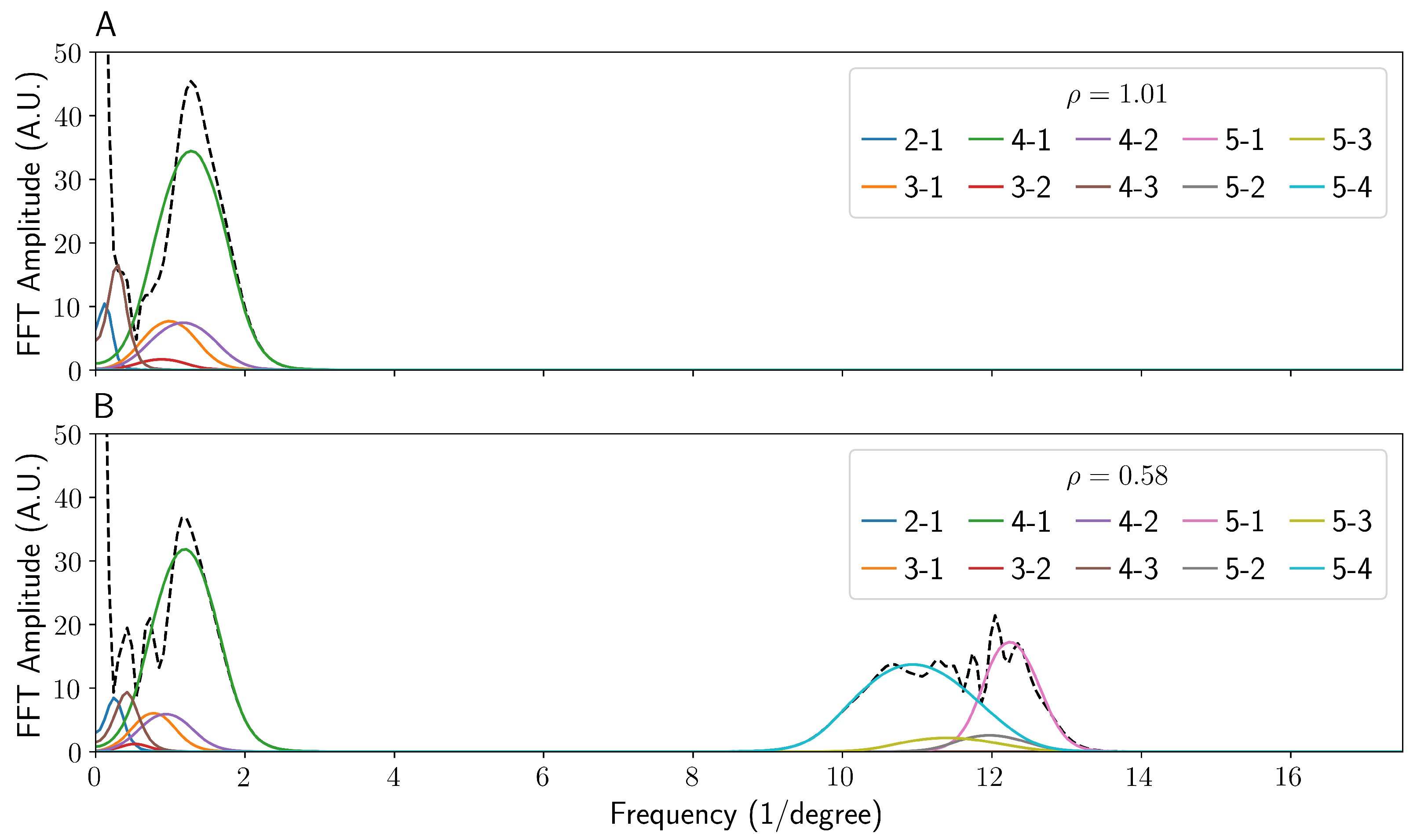
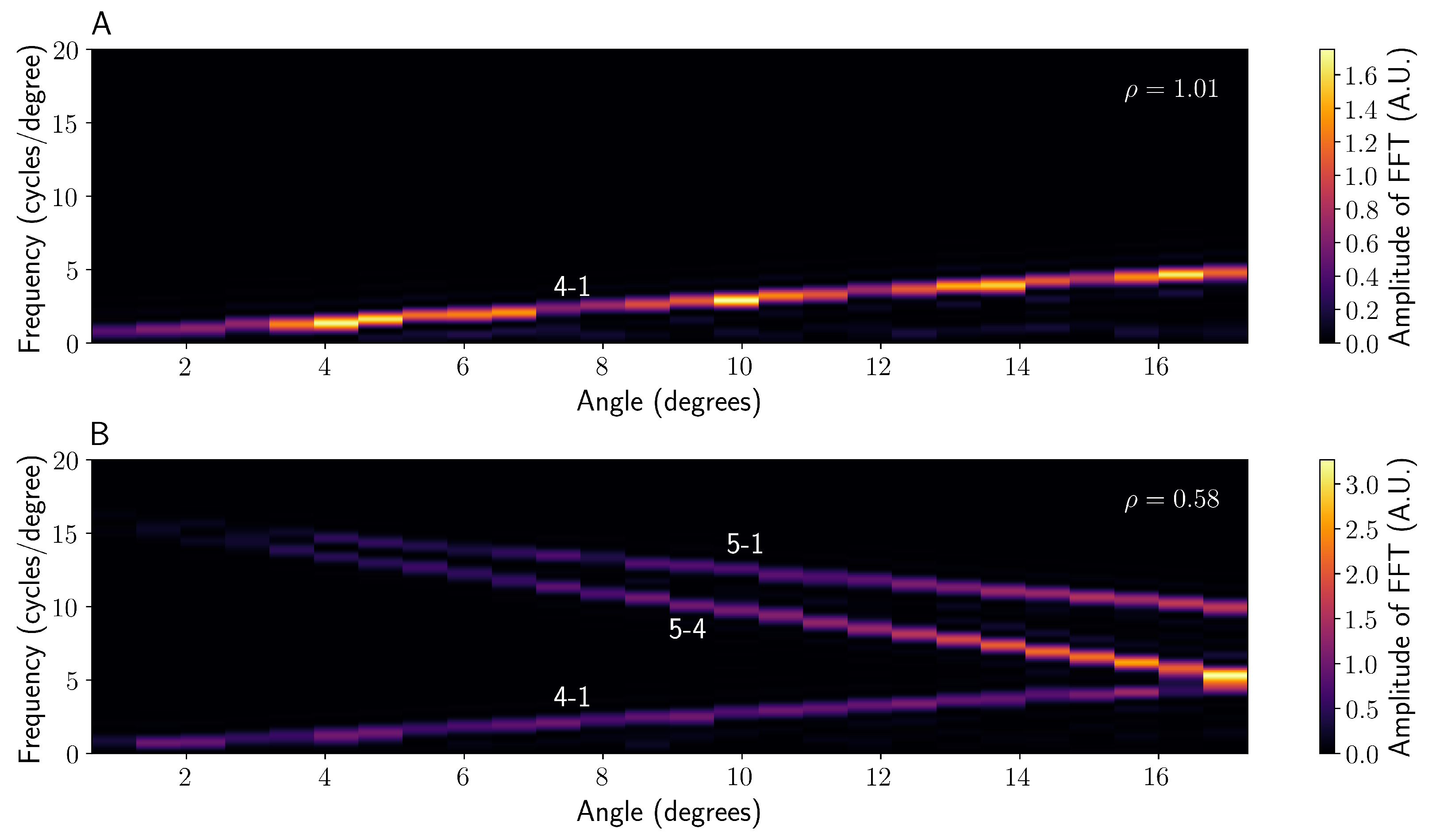
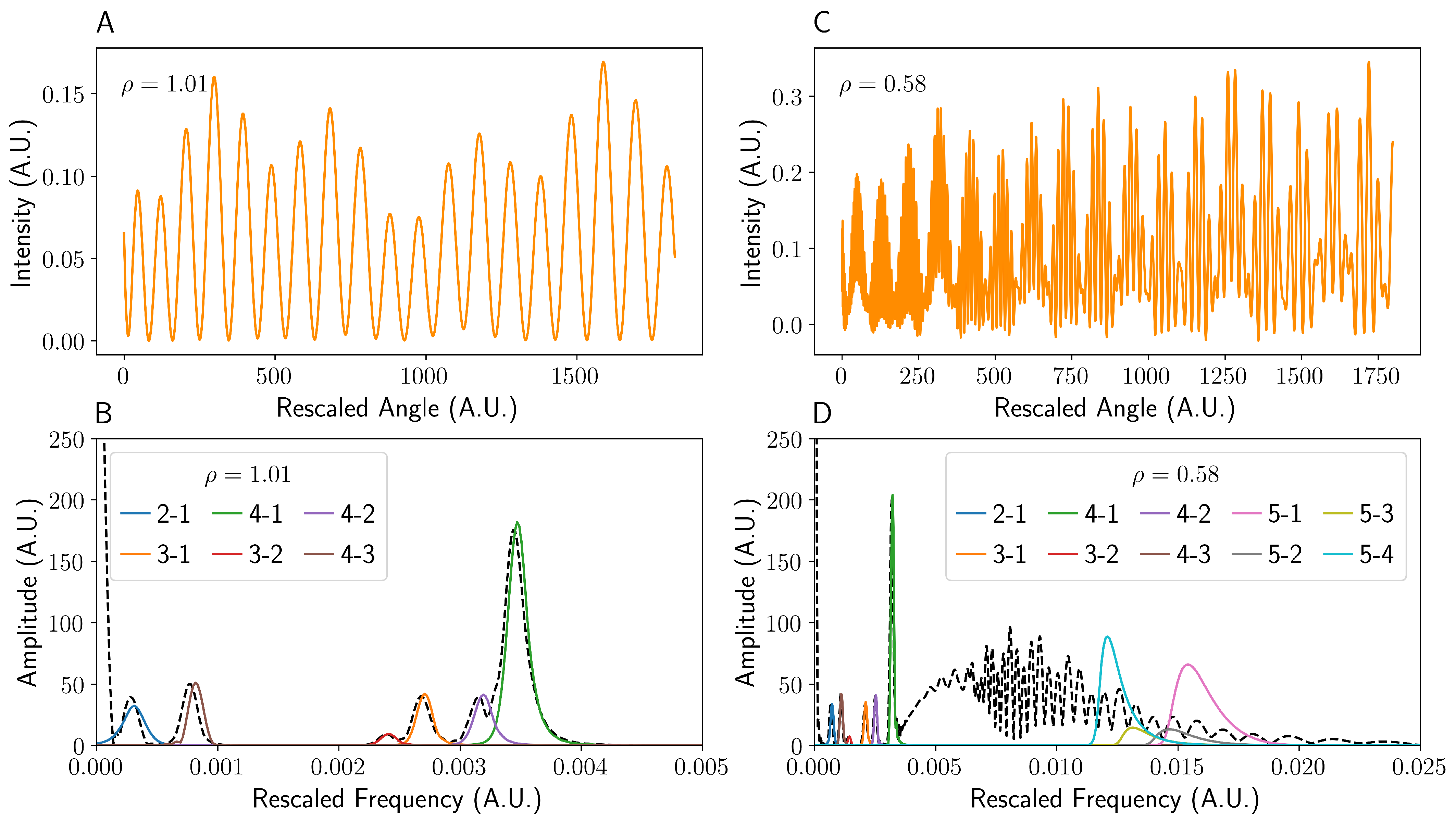
Publisher’s Note: MDPI stays neutral with regard to jurisdictional claims in published maps and institutional affiliations. |
© 2022 by the authors. Licensee MDPI, Basel, Switzerland. This article is an open access article distributed under the terms and conditions of the Creative Commons Attribution (CC BY) license (https://creativecommons.org/licenses/by/4.0/).
Share and Cite
Mulkerns, N.M.C.; Hoffmann, W.H.; Lindsay, I.D.; Gersen, H. Shedding Light on Capillary-Based Backscattering Interferometry. Sensors 2022, 22, 2157. https://doi.org/10.3390/s22062157
Mulkerns NMC, Hoffmann WH, Lindsay ID, Gersen H. Shedding Light on Capillary-Based Backscattering Interferometry. Sensors. 2022; 22(6):2157. https://doi.org/10.3390/s22062157
Chicago/Turabian StyleMulkerns, Niall M. C., William H. Hoffmann, Ian D. Lindsay, and Henkjan Gersen. 2022. "Shedding Light on Capillary-Based Backscattering Interferometry" Sensors 22, no. 6: 2157. https://doi.org/10.3390/s22062157
APA StyleMulkerns, N. M. C., Hoffmann, W. H., Lindsay, I. D., & Gersen, H. (2022). Shedding Light on Capillary-Based Backscattering Interferometry. Sensors, 22(6), 2157. https://doi.org/10.3390/s22062157






